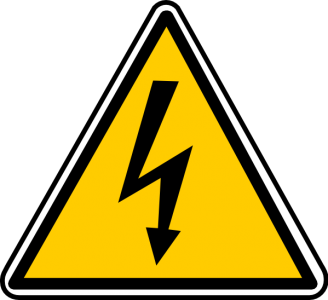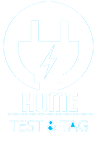Test and Tag Electrical Equipment
Electrical equipment should be inspected and checked on a regular basis to detect noticeable damage and wear.
The process of testing and marking electrical equipment is defined in the Australian Standard AS/NZS 3760:2012, which can be found below.
“Electrical equipment should be inspected and checked on a regular basis to detect noticeable damage and wear.”
Test and Tag can conduct the process from start to finish, providing you with a comprehensive report on completion.
The frequency at which devices and equipment need testing ranges from one month to five years, depending on the device’s application, climate, and location.
The frequency of testing is not limited to a specific area, but rather to the surrounding environment. When a variety of different environments are present, the frequency of testing can be affected. A Test and Tags technician will advise on the proper and appropriate frequency of testing during an inspection.
New Equipment – When new equipment is purchased in Australia, the supplier is considered responsible for the equipment’s initial electrical protection. As a result, new equipment does not need to be tested; however, if deemed compliant, the owner is responsible for ensuring it is tagged in compliance with AS/NZS3760:2012.
What devices need be to tested and Tagged to be compliant?
- Air Compressors
- Audio Visual Equipment
Appliances – (Kettle , Toaster, Blender, Coffee Machine, etc.) - Computers
- Drills
- Extension Leads
- Fax Machines
- Fans (Hardwired fans not required)
- Fork Lift Chargers
- Grinders
- Microwave
- Phone Chargers
- Photocopiers
- Portable electric motors / machinery
- RCD – Safety switches
- 3 Phase Equipment
Test and Tag will perform the following processes and inspections as per requirement
External Inspection of equipment – Examining the equipment for damage, defects, wear, or modifications.
Examining the plugs / connectors for discoloration and wear, which may signify overheating, a defective electrical link, or chemical or moisture exposure.
Protective Earth Continuity Test – Ascertaining that the resistance is low enough to ensure proper equipment service.
Insulation Test – Testing the device’s leakage current insulation resistance.
Polarity- When ensuring that the equipment’s wiring is complete, it’s not unusual to see the neutral and live conductors reversed.

get a free quote from us today!
Tell us your requirement and we will create a package suitable just for you!

